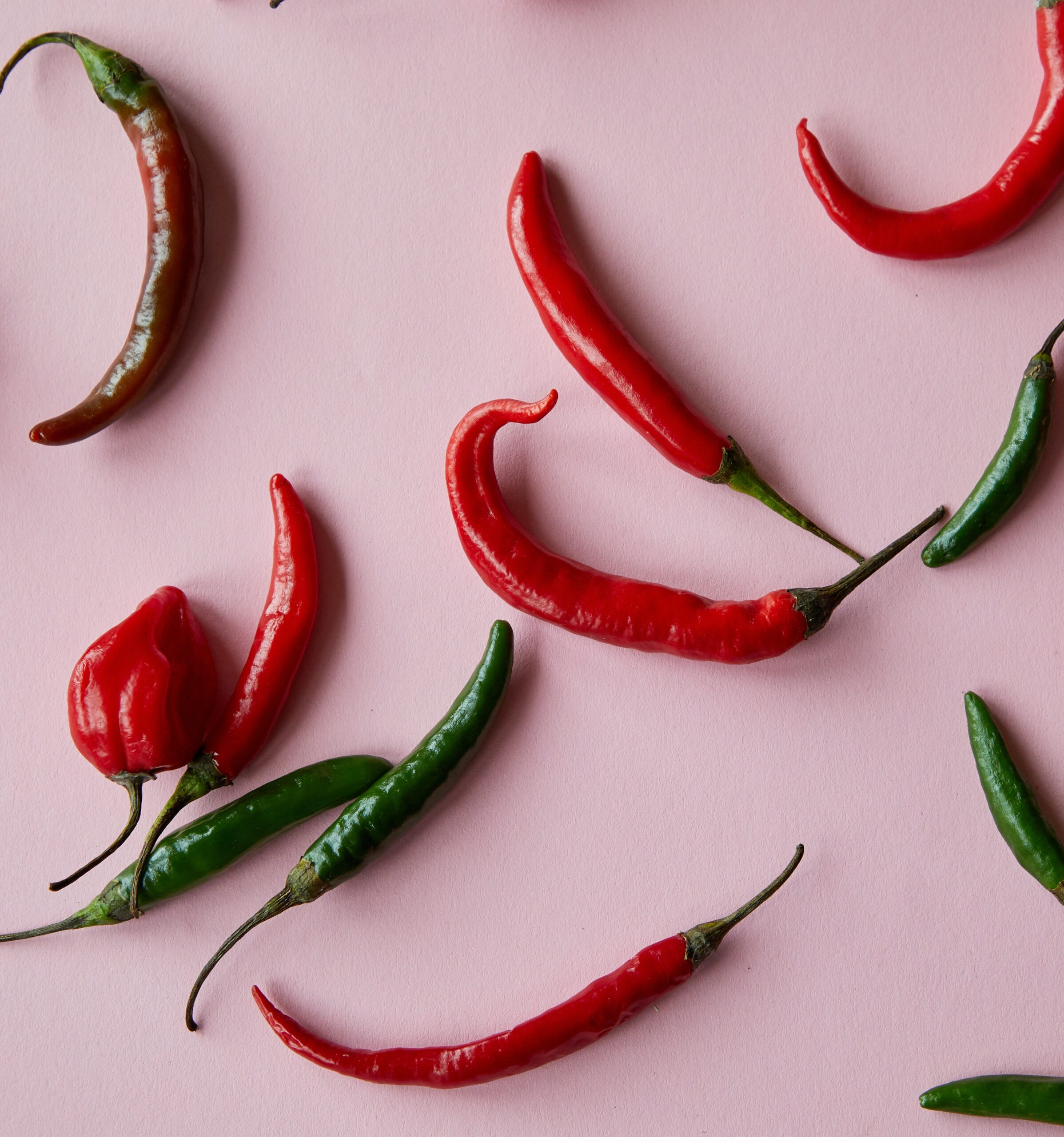By Angela Kazmierczak
TikTok and YouTube are swarmed with gardening content, especially bell pepper growing hacks. As I found last summer, peppers will successfully sprout as touted, but there isn’t much guidance for aftercare in our 4a, 2b and 3b climate. But don’t fret–I’ve tended over 40 pepper plants and naturally learned a few things throughout the season. I guarantee if you follow these tips, you’ll have a healthy, bountiful pepper harvest.
Tip #1: Picking which variety to grow
Since Albertans contend with a shorter growing season, it’s best to grow early varieties. Early varieties take about 60 to 90 days after transplanting. However, as tempting longer varieties are, they take ages to mature—about 150 days after transplanting. That’s around five months, meaning Albertans can’t enjoy the fruit, if at all. Don’t be dissuaded from the early birds, as early varieties include the unique flavours of everything from cayenne to Tabasco.
Tip #2: Grow the seeds in a pot
Peppers generally recover after transplanting, but it stilts their growth for weeks. Since no time can be wasted, it’s best to grow the seeds (including watermelon) directly into a pot in early March, indoors. As a result, the plants are much healthier. Reilly, a gardening expert, recommends at least a 12-inch in diameter pot with proper drainage. The plant fills the pot over time. Plants can be taken outdoors once the weather warms in June. Be sure to harden the plants first over a course of two weeks.
According to Grow Veg, some peppers prefer pots over the ground since their roots are warmer. Additionally, if there’s ever a storm or you wish to continue growing indoors, a pot can easily be relocated. But be prepared for more frequent watering.
Tip #3: To top young plants or not?
Interested in how to top? It’s relatively easy. Once the pepper grows six leaves above the two seed leaves, clip everything beyond the six leaves with sheers or scissors. In the coming weeks, new branches will form.
Topping (also called pruning) is heavily debated amongst gardeners, but it makes for the healthiest, bushiest pepper plants ever. If you don’t top, one long branch with some peppers grows. Whereas, in the case of pruning, a quadruple amount of fruit produces from all the points of branching. Topping is important because we don’t want to direct energy to seed or fruit production. Small plants can’t support heavy fruit. The decision is up to you though.
Tip #4: Not too much fertilizer
I’ve grown some monstrous, leafy pepper plants with little fruit. As I’ve learned, whatever fertilizer amounts are given on YouTube, divide by at least half. I’ll break it down even further. When the plants are seedings, give nitrogen to help leaf growth and phosphorus for healthy roots. However, when the plants enter fruiting season, be sure that not a single ounce of nitrogen hits the soil as it’s time to focus on high potassium fertilizers. To fertilize potted plants, simply sprinkle potassium on top of the soil and avoid the base. There are several inorganic and organic fertilizers available at Canadian Tire or on Amazon.
Tip #5: Don’t ever ever rip off the flowers
Many YouTube videos suggest ripping off the first flowers on larger plants because it encourages more flowers. While more flowers will form, Edmonton’s growing season is too short for this hack. Good news though, if a plant was properly cared for throughout its growth and received an adequate amount of fertilizer, plenty of flowers bloom the first time around. Given northern Alberta’s short summers, the goal is to give as much time as possible for the fruit to develop.
Tip #6: How to water
The advice on watering varies from source to source and variety to variety. Essentially, water once the leaves droop or the soil looks dry. When the leaves droop, don’t fret over it either. Simply take it as a sign to water. The leaves spring up again after watering. Drooping leaves can also indicate hot weather, so be mindful of that. A word of caution though, don’t skip watering when the plant’s fruiting as the peppers become bitter or fall off. Then again, too much water makes roots rot. In hindsight, it’s about the plant showing you its level of thirst and examining the soil.
Young peppers can be exhausting to care for. But, it’s worth it since peppers sometimes produce for up to 10 years. Do follow these tips so you can have a bountiful harvest the first time around. Happy pepper farming!






